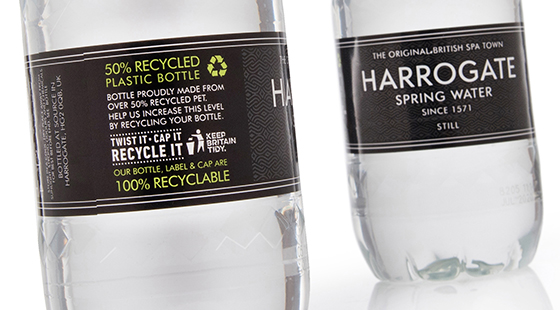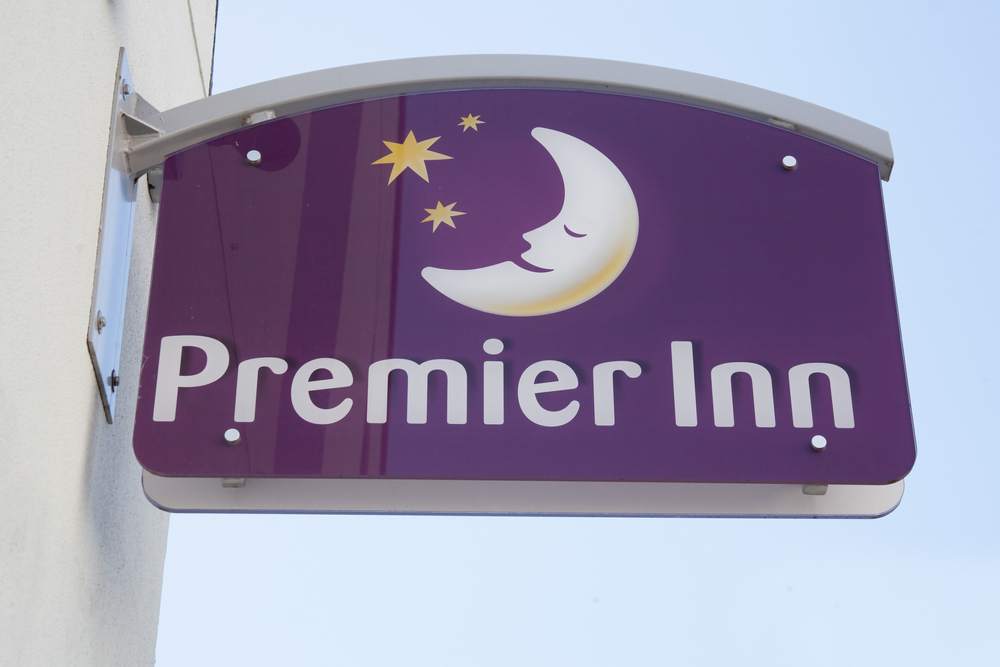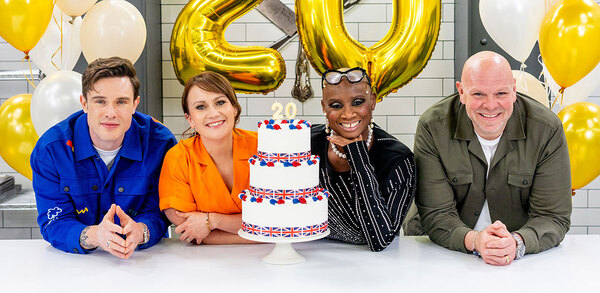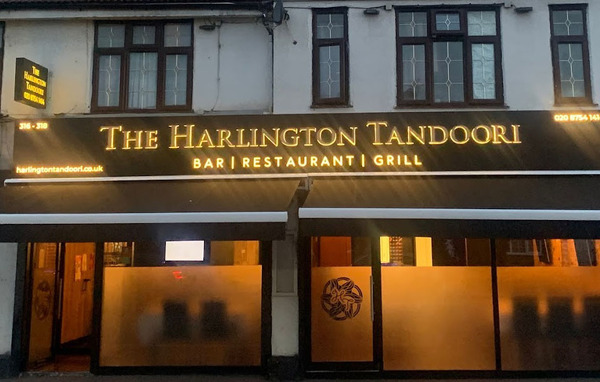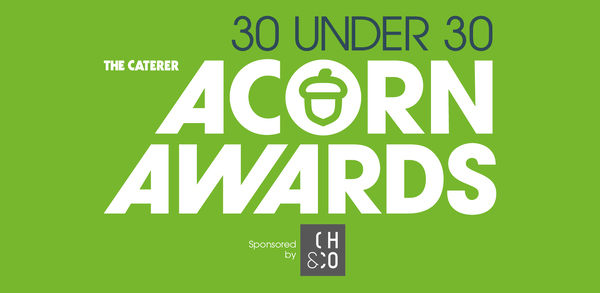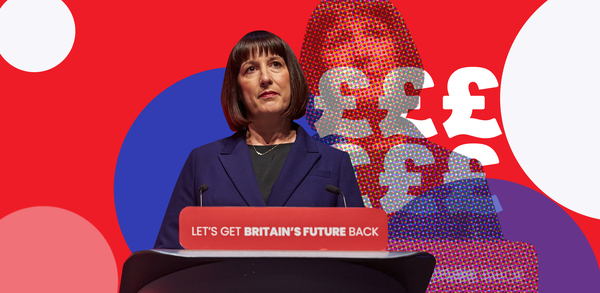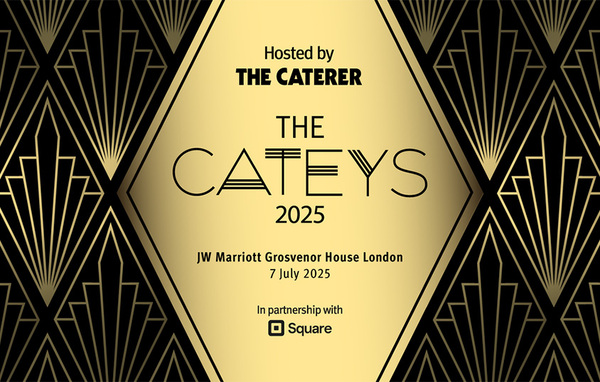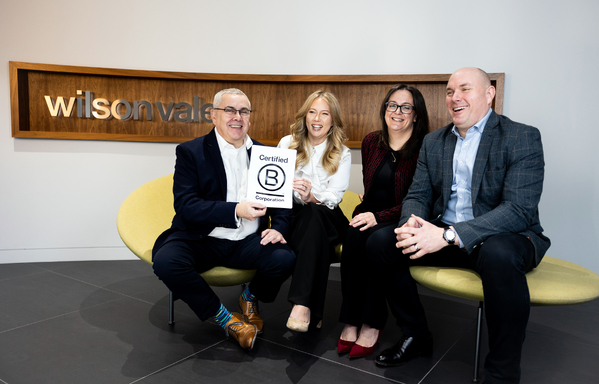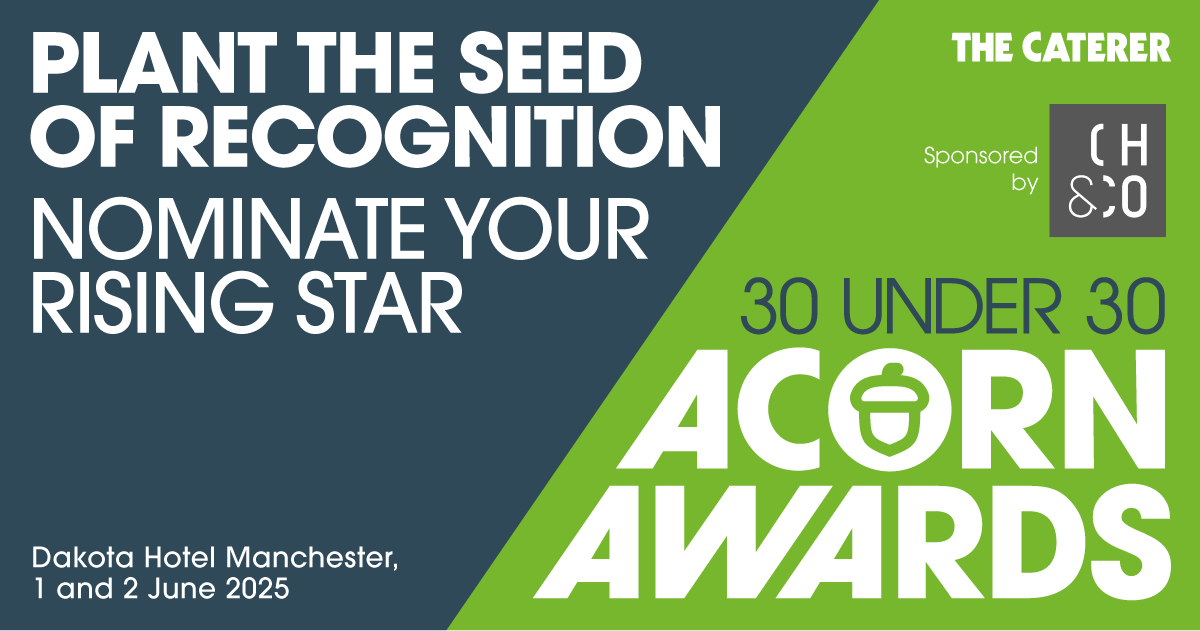A lot of bottle: satisfying the thirst for bottled water
Plastic is not fantastic, so how can operators best satisfy customers' thirst for bottled water? Richard McComb reports
For a while, the bottled water sector could do no wrong. Here was a relatively inexpensive, mass market, natural product, which was in tune with the right health messages.
What could be better than drinking bottled water? It was essential for hydration, it did not rot children's teeth, and it was linked to the beauty/lifestyle agenda by aiding weight loss and promoting a glowing complexion.
Putting it in a small bottle was nothing short of genius, making this life-giving, health- promoting product eminently portable. The sugar tax was timely and the boom in the ‘grab and go' dining market was an added bonus, as consumers sought healthy drinks to sip with their BLT or falafel wrap.
Water can be packaged in smart bottles, with seductive branding and images of mountain scenery, for sale in restaurants. Operators could charge lucrative mark-ups. Everyone was happy and the potential for growth in the bottled water market appeared to be, well, untapped.
Then the backlash against plastic waste started. There had already been rumblings about the environmental damage caused by discarded plastic bottles, but the issue became front-page news thanks to Sir David Attenborough's Blue Planet II series for the BBC.
Plastics are now at the top of the news agenda. Scientists at the State University of New York at Fredonia launched an investigation into major brands of bottled water, purchased in nine countries, revealing that nearly all of them contained tiny particles of plastics. And in September, Scottish Water announced plans to put "top-up taps" in 30 towns and cities to encourage people to use refillable water bottles and cut back on single-use plastic.
If bottled water is not entirely a sector under siege, it is undeniably facing huge challenges, as borne out by a Mintel "state of the nation" update for 2018. The report revealed how the market had enjoyed rapid growth over the past five years, with volumes and values up 56% and 52% respectively in 2012 and 2017. Sales of still bottled water outstripped cola for the first time last year.
However, the spotlight on plastics waste and the roll-out of water refill stations, allied to uncertainty of Brexit, means volume sales are forecast to a grow at a slower rate of 16% between 2017 and 2022. Inflation is expected to drive a 29% value growth over the same period.
So there is huge value in the market and huge appeal to consumers, with unflavoured still water a "powerhouse of growth," according to Mintel. In fact, on-premise volume sales of bottled water grew by 7% year-on-year in 2017, driven by concerns over sugar and the trend to drink less alcohol with meals.
Green shoots
Since June, all Harrogate Waterâs PET bottles contain 51% recycled content (rPET), matching the 50% recycled content of Harrogate Spring glass bottles. PET bottle labels now have green lettering to reinforce the rPET message, the first use of colour on Harrogateâs labels.
Brand manager Nicky Cain says bottled water consumers are environmentally conscious and eager to recycle. âThe use of colour stands out, encouraging consumer interaction and a better understanding of the link between recycling and the use of rPET in the lifecycle of the product,â adds Cain.
Cain reinforces the importance of a strong brand identity and customer reassurances over quality and provenance, adding: âOur history, heritage and provenance are hugely important in differentiating Harrogate Spring in a crowded marketplace. We work with customers in the âon-the-goâ category. Some supply jugs of water in addition to naturally sourced water. Since doing so, sales of bottled water remain in growth. Taking away bottled water as a choice would lead to greater consumption of sugary soft drinks, juices, energy drinks and caffeinated beverages.â
Matthew Orme, director of Wenlock Spring, explains that consumer purchasing decisions are driven by a trio of factors: quality, taste and ethics/sustainability.
âConsumers are demanding water that originates from a naturally occurring source,â says Orme. âThis is because provenance is still key, with the UK having some of the best water sources in the world. Brands which also have a story about their heritage will be looked on favourably by consumers. Wenlock Spring is bottled at a source that has been in constant use since 1086, providing it with a unique blend of minerals and provenance.â
Orme insists that diners are happy to pay a premium for a quality water. For a sense of exclusivity, operators should consider selling brands that cannot be purchased in the supermarket, he adds. Wenlock Spring is available via delivered wholesalers for the hospitality sector.
Spring forward
Highland Spring Group is a powerhouse within a powerhouse, bottling 550 million litres of water a year, producing brands including Highland Spring, Speyside Glenlivet, Hydr8 and a range of private label flavoured and unflavoured waters for supermarkets and foodservice.
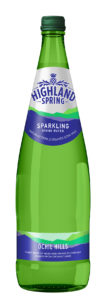
Saunders says: âHighland Spring research has shown that consumers do have an interest in information about this provenance and the impact it has on the taste of the water they choose, both in the still and sparkling categories. There is a real opportunity to leverage these elements â" sparkle, minerals and taste â" to communicate the relevance of bottled water for different occasions and encourage healthy hydration choices so the consumer habit continues to grow.â
With environmental factors so important, the company is investigating new packaging formats. In June, Highland Spring began a retail trial of a 100% recycled plastic âeco-bottleâ, to help keep plastic in the âcircular economy and out of the oceansâ. The eco-bottle will be rolled out in 2019.
Paper chase
A paper-based âbottleâ designed to appeal to environmentally conscious consumers is central to Just Water, which has been launched in the UK via 800 Boots stores. In total, 82% of the materials in the packaging come from plant-based renewable resources.
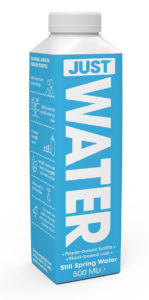
Clark McIlroy, managing director of Red Star Brands, whose UK beverage portfolio includes Just Water, says: âPlastic usage has become a hot topic in recent years, with six in 10 UK shoppers looking to minimise their own plastic consumption, showing there is a demand for ethical brands like Just Water to enter the UK market and disrupt consumer habits.â
Radnor Hills, a family-owned soft drinks manufacturer in Powys, mid-Wales, is moving the majority of its PET bottles to 51% recycled plastic (rPET) and is working to create a âclosed loopâ system with suppliers for all waste created on site. All waste that can be recycled from production processes are recycled and, by the end of 2018, it will achieve zero to landfill on all waste.
Clear conscience
Flavoured still water saw volumes grow ahead of the market at 8% in 2017. However, the segment saw a drop in average prices, leading to value growth of just 1%, according to Mintel.
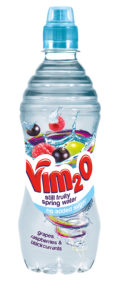
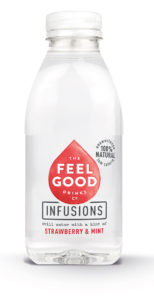
Suppliers
Harrogate Spring www.harrogatespring.com
Highland Spring www.highlandspring.com
Radnor Hills www.radnorhills.co.uk,
sales@radnorhills.co.uk
Wenlock Spring www.wenlockspring.co.uk
Nordaq www.nordaqfreshuk.com
enquiries@nordaqfreshuk.com



